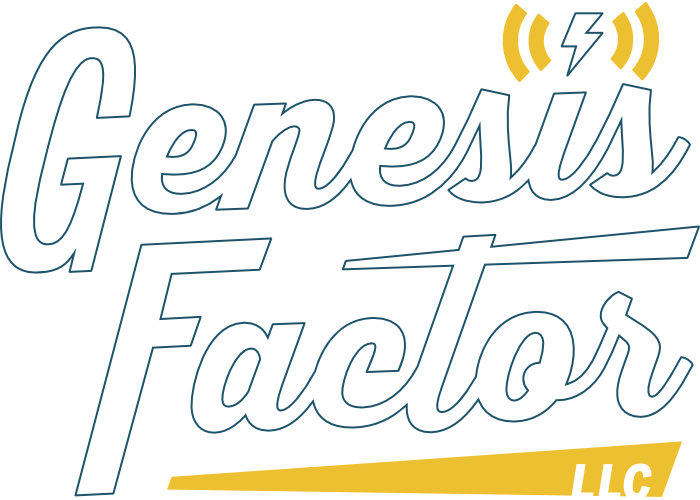Drone Photography & LiDAR Surveys
A partner focused on technology implementation and adoption of LiDAR and Photogrammetry, merged into a hardware/software platform, for end users at each level of operations. Our team brings a brick and mortar philosophy to each project. We develop LiDAR processing/software platforms as diverse as each of our clients.”
TRANSPORTATION ASSET MANAGEMENT (tam) for Municipalities
Transportation Asset Management (TAM) is a strategic and systematic process of operating, maintaining, upgrading, and expanding physical assets effectively throughout their lifecycle. It focuses on the transportation infrastructure, including roads, bridges, public transit, and other components critical for efficient and safe movement of people and goods.
Optimize Investment Decisions
TAM helps in making informed decisions about where and how to invest in the transportation infrastructure, ensuring that funds are used efficiently to maintain and improve the network.
Enhancing Infrastructure Performance
By focusing on the preservation and enhancement of assets, TAM contributes to the reliability and performance of the transportation system, which is crucial for economic vitality and community well-being. These analyses ultimately produce a structured plan for prioritizing infrastructure maintenance, preservation, repair, rehabilitation, and replacement actions that meet short- and long-term goals at a practical life-cycle cost.
Improving Safety
Properly maintained and upgraded transportation assets reduce the risk of accidents and improve overall safety for the traveling public.
Extend Asset Lifespan
Through proactive maintenance and rehabilitation strategies, TAM extends the service life of infrastructure components, which can result in significant cost savings over time.
Supporting Economic Growth
A well-maintained transportation network is essential for economic development, facilitating efficient supply chains, access to markets, and mobility of the workforce.
Ensuring Sustainability
TAM practices often incorporate sustainability principles, focusing on minimizing environmental impact and ensuring that assets are resilient to changing conditions, including climate change.
Regulatory Compliance
TAM ensures compliance with these requirements, helping to avoid penalties and ensuring that infrastructure meets safety and performance standards.
What is Lidar?
Light Detection and Ranging – is an active remote sensing system. An “active system” generates energy, in this case, light – to measure objects in a designated area/space. In a LiDAR system, light is emitted from a rapidly firing laser. You can imagine light quickly strobing (or pulsing) from a laser light source. This light travels and reflects. The reflected light energy returns to the LiDAR sensor, where it is recorded.
How does LiDAR collect raw data?
A LiDAR system measures the time it takes for emitted light to travel to objects and back, called the two-way travel time. That time is used to calculate distance traveled, and then converted to elevation. These measurements are made using the key components of a LiDAR system including a GPS that identifies the X,Y,Z location of the light energy and an Inertial Measurement Unit (IMU) that provides the orientation of the plane in the sky (roll, pitch, and yaw).
Raw data is:
- Refined/defined at point of collection (Edge).
- Processed into the application (deliverable).
- Integrated into user prescribed analytics to calculate result/purpose/output.
